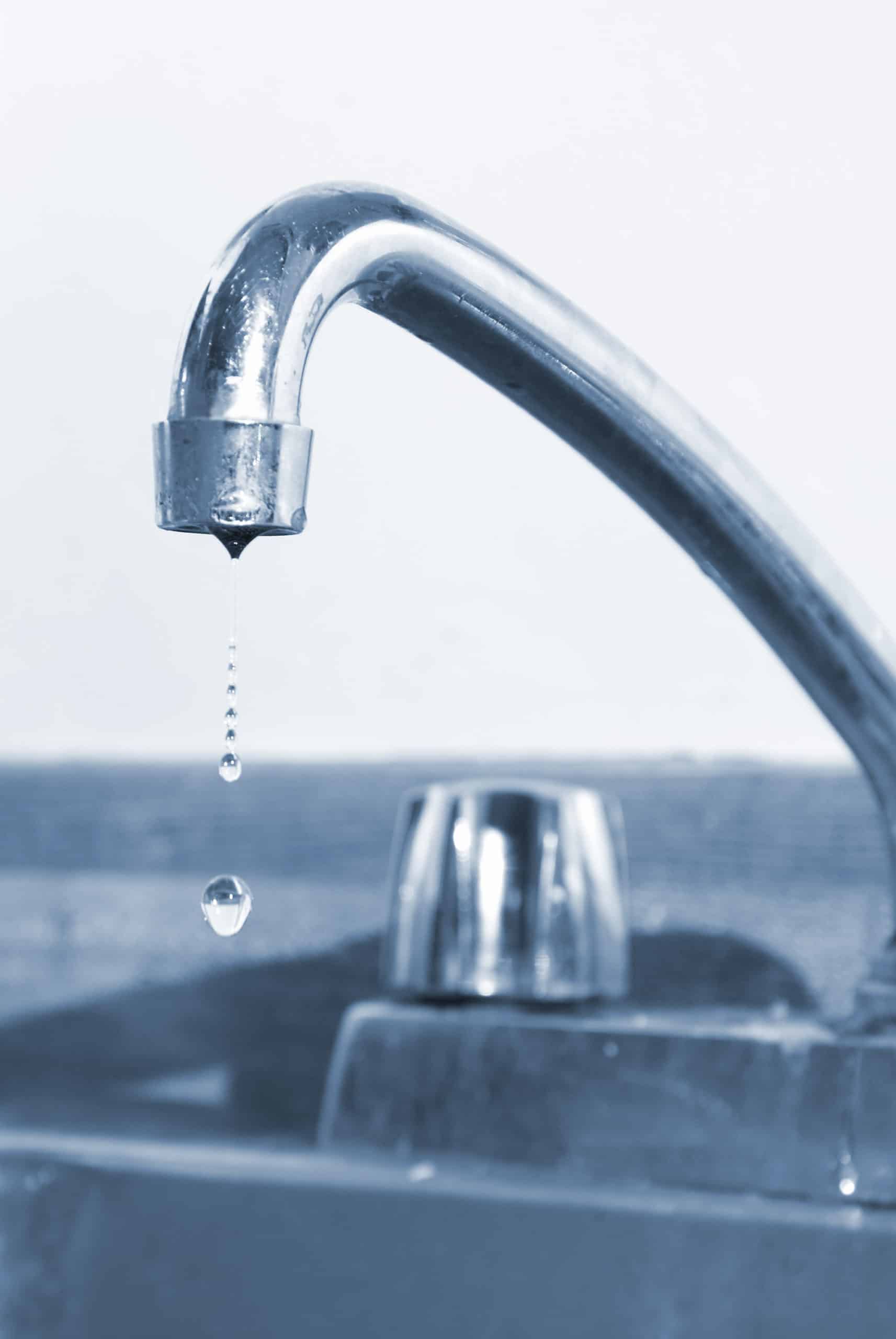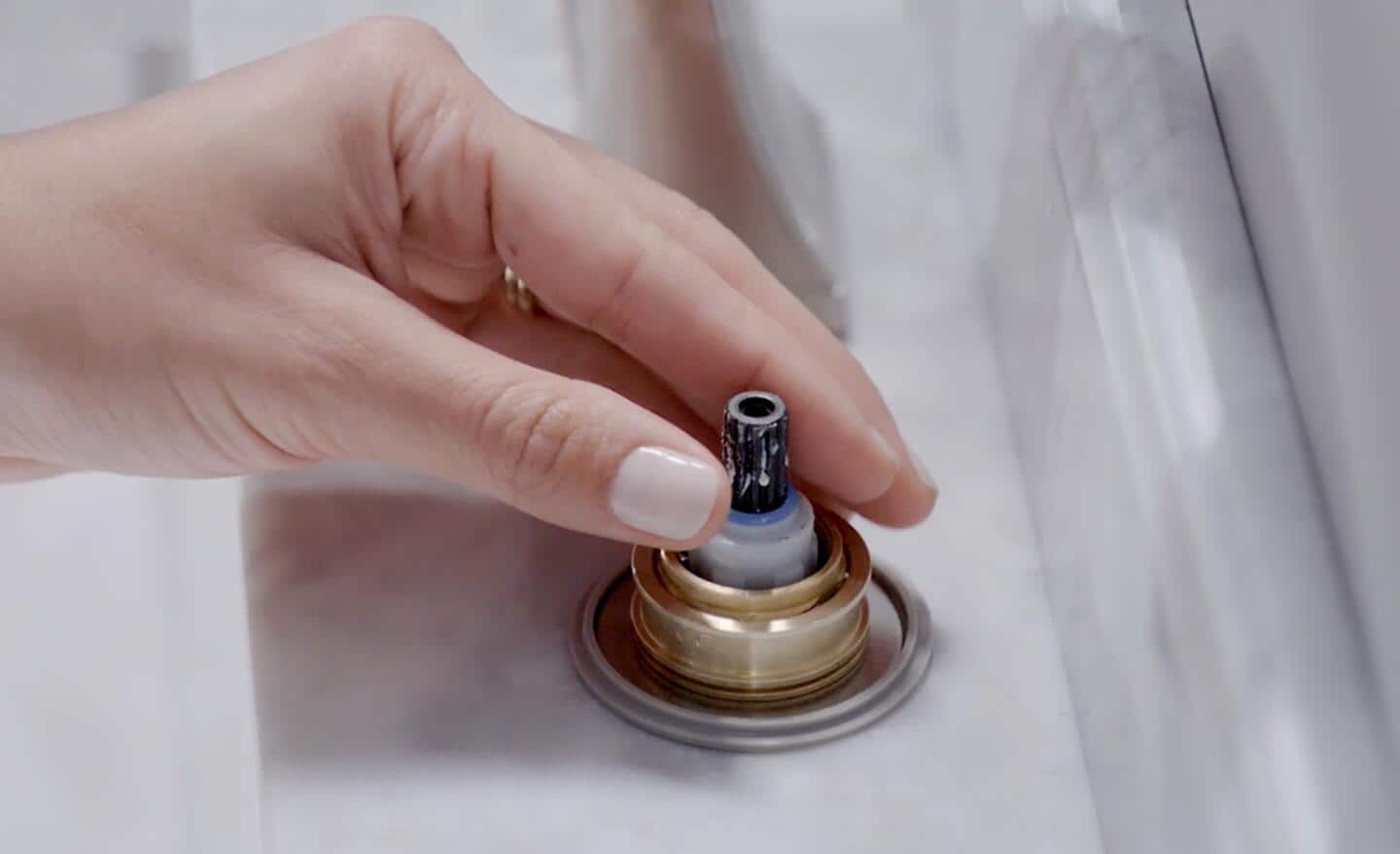On this page down the page you can discover additional incredibly good information and facts on the subject of Why It's Important to Fix Leaky Faucets.

Trickling faucets may feel like a small aggravation, but their impact goes beyond just the inconvenience of the sound. From wasting water to incurring unnecessary financial costs and health risks, ignoring a leaking faucet can cause various repercussions. In this post, we'll look into why it's essential to resolve this usual home concern immediately and effectively.
Waste of Water
Ecological Influence
Trickling taps contribute dramatically to water waste. According to the Environmental Protection Agency (EPA), a solitary faucet trickling at one drip per second can throw away more than 3,000 gallons of water each year. This not only pressures water resources yet also influences environments and wildlife depending on them.
Step-by-Step Guide to Taking Care Of a Dripping Tap
Tools Needed
Prior to attempting to take care of a trickling faucet, gather the needed devices, including an adjustable wrench, screwdrivers, replacement components (such as washers or cartridges), and plumber's tape.
Typical Tap Issues and Their Solutions
Recognize the sort of faucet and the specific issue triggering the drip. Typical issues consist of damaged washing machines, rusty shutoff seats, or damaged O-rings. Describe manufacturer directions or on-line tutorials for detailed support on repair services.
Financial Expenses
Boosted Water Expenses
Beyond the environmental influence, trickling faucets can inflate water bills considerably. The gathered waste in time translates into greater energy expenses, which could have been stayed clear of with timely repairs.
Possible Residential Property Damage
Moreover, extended dripping can bring about damage to components and surface areas surrounding the tap. Water accumulation can trigger discoloration, rust, and also structural problems if left neglected, resulting in added repair expenses.
Wellness Issues
Mold And Mildew and Mildew Growth
The continuous visibility of moisture from a leaking tap develops an optimal setting for mold and mildew and mold growth. These fungi not just compromise indoor air quality however likewise present wellness threats, particularly for people with respiratory conditions or allergic reactions.
Waterborne Diseases
Stagnant water in leaking taps can come to be a breeding place for bacteria and various other pathogens, raising the threat of waterborne diseases. Contaminants such as Legionella germs prosper in stagnant water, potentially causing major illnesses when consumed or breathed in.
DIY vs. Specialist Fixing
Benefits and drawbacks of DIY Repair
While some might attempt to take care of a leaking tap themselves, DIY fixings come with their very own set of difficulties. Without correct understanding and devices, DIY attempts can aggravate the issue or cause insufficient repairs, prolonging the issue.
Advantages of Working With a Professional Plumber
Hiring an expert plumber makes sure that the underlying source of the dripping faucet is dealt with efficiently. Plumbing professionals have the expertise and equipment to diagnose and repair faucet issues efficiently, saving time and minimizing the risk of more damages.
Ecological Obligation
Individual Contribution to Preservation
Taking obligation for repairing dripping taps lines up with broader efforts toward water preservation and environmental sustainability. Every person's actions collectively make a considerable impact on maintaining valuable sources.
Sustainable Living Practices
By focusing on timely repairs and embracing water-saving habits, people contribute to lasting living methods that profit both present and future generations.
Safety nets
Routine Upkeep Tips
To prevent trickling faucets, do routine maintenance such as cleansing aerators, examining for leakages, and replacing worn-out parts quickly. In addition, consider mounting water-saving devices or updating to extra efficient fixtures.
Value of Prompt Services
Addressing leaking faucets as quickly as they're observed protects against further water wastage and potential damages, inevitably conserving both water and cash in the long run.
Impact on Building Worth
Understanding of Well-Maintained Property
Preserving a residential property in good condition, consisting of dealing with upkeep concerns like trickling taps, boosts its regarded worth and worth amongst prospective buyers or tenants.
Influence on Resale Value
Properties with properly maintained plumbing components, consisting of faucets, command greater resale worths in the realty market. Addressing dripping taps can add to a positive impression throughout building examinations and arrangements.
Final thought
Addressing a trickling faucet surpasses simple convenience; it's a necessary step towards preserving water, reducing monetary expenses, and safeguarding wellness and residential property. Whether with DIY fixings or expert support, doing something about it to take care of dripping taps is a tiny yet impactful way to promote accountable stewardship of resources and contribute to a healthier, much more lasting future.
How to Fix a Leaky Faucet: Step-by-Step Repair Guide
A leaky faucet may seem like a simple annoyance, but if it's not fixed promptly, that leak could cost hundreds to potentially thousands. From water damage to mold, mildew, and high water bills, even a tiny leak can be catastrophic if left unattended. Damage like this can even affect the overall value of your home, so it's important to take the right approach for leaky faucet repair. You may need the help of a plumber in some cases, but we've got a few tips you can try on how to fix a leaky faucet before calling the pros.
Four Faucet Types
When you're learning how to fix a leaky faucet, the first step is knowing what kind of faucet you're working with! There are four common types.
Cartridge Faucets
Cartridge faucets come in one- or two-handled varieties. In one-handled cartridge faucets, hot and cold water combines in a single cartridge. In the two-handled versions, hot and cold water are controlled separately and mixed in the faucet.
Ball Faucets
Ball faucets have a single lever you push up and down to adjust the pressure and rotate to change the temperature. A slotted metal ball controls the amount of water allowed into the spout.
Compression Washer Faucets
They're the oldest type of faucet, but they're still used in many homes — especially older ones. Compression faucets have two separate handles that, when turned, raise or lower the washer that seals a water valve. This valve stops water from flowing through the faucet when it is turned off.
Disc Faucets
Disc faucets rarely need to be repaired due to their maintenance-free design. The water flow is controlled by two discs — the upper one raises and lowers against a fixed lower disc, creating a watertight seal. If your disc faucet starts leaking, you may need to replace the seals or clean residue buildup from the inlets.
Fixing a Leaky Faucet
Step 1: Turn Off the Water
Whether you're learning how to fix a leaky bathtub faucet or how to fix a leaky kitchen faucet, always turn off the water supply to your working area when you're fixing a leak. The last thing you want is a flood added to your list of things to fix.
Look for the shutoff valves below your sink or around the tub and turn them clockwise to stop the water flow. If your faucet doesn't have shutoff valves, you may need to turn off the water for the whole house. Check to make sure it's off by turning the faucet on. If nothing comes out, you're ready to start the repair.
Step 2: Take Apart the Faucet
How you disassemble your faucet depends on the type of fixture you have. You can use a flathead screwdriver to remove the caps on top of the handle or handles for cartridge and compression faucets. Inside, you should see handle screws. Unscrew these with a screwdriver to remove the handle.
Disc- and ball-style faucets will typically have an inlet screw near the handle, and removing that will reveal the interior of the faucet.
Detach the Valve Stem
For cartridge- and compression-style faucets, you'll see the inner valve stem or cartridge once you remove the faucet handles. If you have a compression faucet, unscrew the brass valve stem. If you have a cartridge faucet, pull out the cartridge. If your cartridge has been in place for a while, it may require some tools or extra force to remove it due to mineral deposits.
Examine and Replace Parts
Once you've removed the parts, check them out to confirm what needs to be replaced. You may see corroded rubber washers, O-rings, stems, or cartridges. On a ball-style faucet, check the seats and springs for damage.
If you need to repair a leaky disc faucet, check the inlet and seals on the lower disc.
Once you determine what parts must be replaced, visit your local hardware store. Bring the damaged parts with you to ensure you can purchase the correct components to replace them.
Clean Valves and Faucet Cavity
If you've removed a stem or cartridge, you may notice mineral buildup in the faucet's threads. Use white vinegar to clean the valve seat by soaking it for a few minutes, then scrub it away with a soft toothbrush and rinse with warm water. You can also clean the interior of the faucet in the same way.
Reassemble the Faucet
Once your faucet is cleaned and the required parts have been replaced, it's time to reassemble it. Put the pieces back together and slowly turn the water supply back on. Doing this slowly is crucial because too much initial water pressure can damage the new hardware you've just installed.
https://homewarranty.firstam.com/blog/how-to-fix-leaky-faucet

Do you like reading about 4 Common Reasons for a Leaky Faucet? Try leaving a review down the page. We'd be delighted to listen to your views about this entry. Hoping that you come back again in the future. Enjoyed reading our posting? Please quickly share it. Help other people check it out. I value reading our article about How to Fix a Dripping or Leaky Faucet .